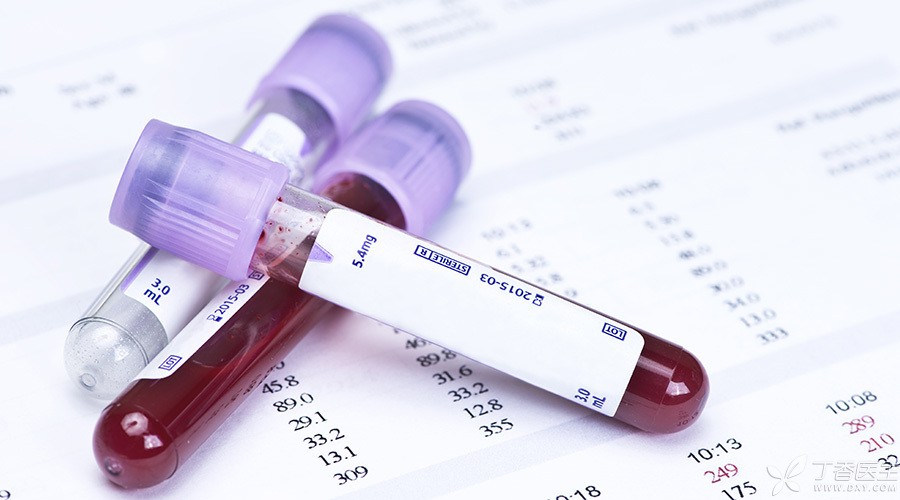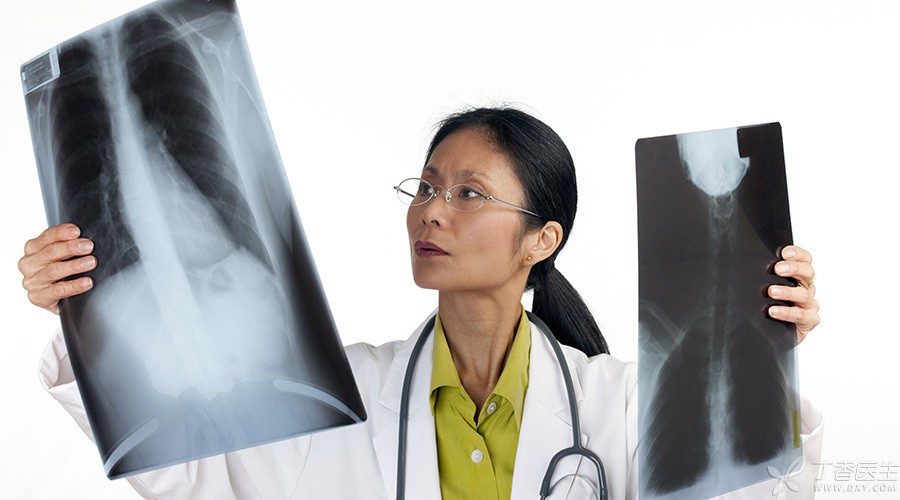
When it comes to tumor screening, let’s first talk about the personal experience:
[I just heard a recommendation for an examination. With it, all tumors can be screened.] My aunt told me mysteriously.
[This is the what check? At that time, I had just graduated from medical university, but I had not heard such a divine examination.
[It is a simple blood draw, but it must be sent to Guangzhou for examination].
A week later, I got the results and saw a piece of paper printed with strange letters and numbers. What AFP, CEA and CA199 were dazzling. My aunt held the examination and analyzed with me one by one, which index was to exclude which tumor.
My aunt was a high school student in the 1960s and 1970s. She was also a brilliant student at that time. However, she believed in the results of the test form.
However, is there really a way to [screen all tumors]? Are tumor markers really that magical? How to do the examination so as not to be fooled?
Physical examination: the most convenient, but very limited
Once there was a girl who studied medicine who did abdominal palpation by herself. She always felt a lump and recently had irregular menstruation. She went to the hospital alert for a series of examinations and was finally diagnosed with early ovarian cancer.
Although this kind of vigilance is a doctor’s habit, we can also do it-
- Female friends, can touch their breasts, armpits, there is a tumor should see a doctor in time, this may be early breast cancer. Touch neck swelling, may be swollen lymph nodes, may also be thyroid cancer or other diseases. The body has abnormal lumps, rapidly increases in a short period of time, should see a doctor as soon as possible.
When taking part in the routine physical examination, in addition to taking blood and taking pictures for B-ultrasound, don’t forget to ask the doctor to help you do [physical examination]. The doctor may find a lump that he cannot press by pressing his stomach and neck.
Sometimes there will be [digital rectal examination], which is to put your hand into the anus and directly touch the inner surface of the rectum. Many friends will skip the examination because they are shy. In fact, digital rectal examination can not only find hemorrhoids, but also find some rectal cancer.
Physical examination is very simple, convenient and cheap, but it is limited. Deep tumors or small tumors in the body may be difficult to touch, so it is still necessary to use [film] examination.
The simplest imaging examination is of great significance.
The top five cancer incidence rates in China are lung cancer, gastric cancer, esophageal cancer, liver cancer and rectal cancer.
However, simple X-ray films and B-ultrasound can basically screen the five common tumors. X-ray films can see lung cancer, and X-ray barium meal can also find esophageal cancer and gastric cancer. B-ultrasound can mainly see gastrointestinal tumors, pelvic tumors and breast cancer.

If abnormalities are found in simple imaging examination, further examination will be carried out:
- Mammary gland, will suggest do mammography or mammary MRI lung do CT belly organs may do CT or MRI, each has its own advantages, by the doctor judgment gastrointestinal tract do esophageal gastroscopy, colonoscopy, not only can intuitively see lesions, but also can obtain biopsy
If doctors continue to suspect [this is a cancer], they will perform further enhanced CT scans.
Compared with plain CT, enhanced CT has many advantages, not only can find smaller lesions, but also is easier to diagnose clearly. For confirmed malignant tumors, enhanced CT can also help to judge the staging, which has important reference significance for disease analysis and clinical decision-making.
However, contrast agent is injected into enhanced CT, which should be used with caution for patients with allergy, cardiopulmonary function and renal insufficiency. This is also why it is not recommended to do enhanced CT scanning at the beginning.
By the way, there is also our most high-end examination weapon PET/CT. When this examination is conducted, doctors basically consider the possibility of malignant tumors.
Tumor markers are only suitable for specific high-risk groups.
Tumor markers are substances secreted by malignant tumor cells or produced by the body’s response to tumors. These substances exist in tumor cells and tissues and can also enter the blood, so they can be detected by blood drawing.
For example, abnormal increase of AFP indicates liver cancer. CEA indicates rectal cancer, pancreatic cancer, gastric cancer, etc. CA199 indicates pancreatic cancer, cholangiocarcinoma, liver cancer, cervical cancer, etc. PSA indicates prostate cancer; NSE suggests small cell lung cancer.
However, sometimes, even if there is no cancer, these indicators will also increase. For example, AFP is currently a tumor marker for clinical diagnosis and monitoring of liver cancer, but AFP will also increase significantly in pregnancy, hepatitis, liver cirrhosis, fetal neural tube malformation, etc.
Moreover, AFP of some patients with liver cancer will not increase and there is a risk of missed diagnosis.
Therefore, [tumor markers] have found abnormal results and cannot be diagnosed with tumors. It also needs to be confirmed by combining physical manifestations and other examinations. Therefore, it is generally used for screening high-risk groups and is not recommended for ordinary people to do such examinations routinely.
When the article began to tell the story of my aunt, it was very likely that I was fooled and was too superstitious about the clinical significance of tumor marker examination.
Summary
No matter what kind of examination, it is a step-by-step process: from simple, non-invasive and cheap to complex, invasive and expensive.
If you do expensive tests at the beginning, besides being trapped, there is another possibility: doctors think you are a [high-risk group] for some kind of cancer and it is necessary to do such tests.
Then, ordinary people should remember these when conducting inspections:
-
Physical examination is necessary, whether it is self-examination or by doctors.
-
Imaging examination mainly includes X-ray film and B-ultrasound.
-
Tumor marker screening is only conducted for specific tumors and specific high-risk groups.
In addition to the above three commonly used methods, some tumors also have special examinations, such as Pap smear for gynecological examination to screen cervical cancer.
